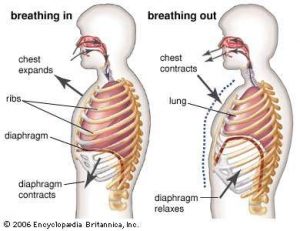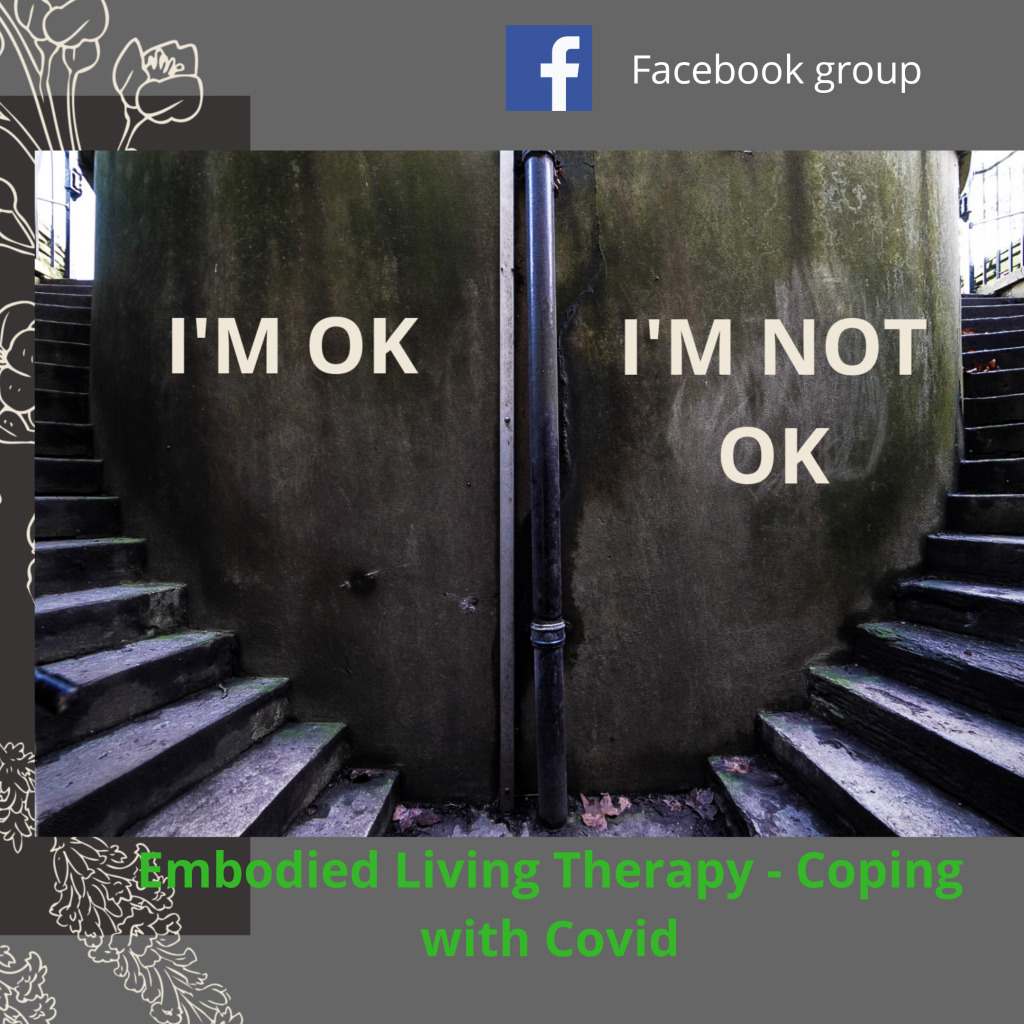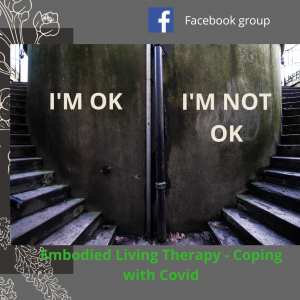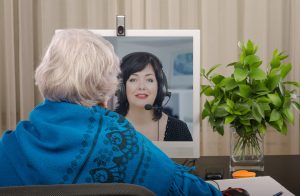If we want help with depression we need to understand the link between depression and sense of self. From the moment we are born, the development of a sense of self does not occur in isolation. Indeed its secrets lie in the complexities of the right hemisphere of our brain. Furthermore this evolution occurs through the infant’s interaction her mother (in particular, her mother’s mature right brain)
Difficult childhood experiences affect our brain
Injurious experiences from childhood affect the development of our brain. The corresponding emotions such as separation, distress, fear and rage are stored in our implicit memory and in our body. These have an important impact of our sense of self that is at the heart of conditions such as depression or anxiety. Depression itself is related to our limited sense of self and is usually triggered by interpersonal or relationship difficulties. It is only our most intimate relationships that have resonance with the original attachment relationship.
Trouble in relationship
Troublesome relational events, such as loss of or rejection by a parent, emotional neglect, parental depression or other absence (Schiffer, 1988), get “affectively burnt in” to our developing brain. These experiences have a negative effect on ‘affect regulation‘ in the infant. Importantly, this interferes with the development of the child’s brain (especially the right hemisphere). And it is this that interferes with the infant’s (and adult’s) development of self. Unfortunately this also means that the individual has predisposition to to negative feeling experiences and emotions and a tendency towards depression.
Depression shrivels our sense of self
Damasio (1999) writes that depression, in its acute and severe stages, exhibits alterations in extended consciousness, causing the sense of self to shrivel. Yet in difficult, earlier memories there is ‘something to be known’ which presents an opportunity for the client to re-experience and derive important new meanings about his own identity:
“Sets of memories which describe identity and person can be reactivated as a neural pattern and made explicit as images whenever needed. Each reactivated memory operates as a ‘something to be known’ and generates its own pulse of core consciousness.” (Damasio, 1999).
Resolving memory
Therapy can help with depression in amazingly powerful ways. The right type of psychotherapy in a responsive therapist-client relationship can literally rewire the client’s right brain. In this respect therapy is not a talking cure but a limbic-system ‘communicating cure’ composed not just of two minds but of two bodies. The therapist can work with a client to help them understand patterning from their past history. By implication this will help them to resolve memories – particularly those associated with negative emotions such as anger, sadness, fear, hurt, guilt and shame. Clients can then safely re-present old traumatic or negative memories from much younger ages and take new insights and meanings that will reinforce a more resilient sense of self.
Mindfulness can help
Schwartz (2002) suggests that the mind can affect the brain in that neuronal connections in the brain can be remodelled by consciously strengthening certain pathways (in particular in the neo-cortex and precuneus) and inhibiting the pathological ones (those between the frontal cortex and basal ganglia).
This means that every one of us can utilise the inherent plasticity in our adult brain by drawing on the brain’s higher order functions to change its own neuronal structure. By using mindfulness-based practices to develop what is often called the ‘witness mind’, the mind can learn to experience negative thoughts ‘simply as events in the mind’ (Schwartz, 2002). This seems to serve a similar purpose to Korzybski’s ‘silence’ and ‘orders of abstraction’, thereby allowing the emergence of new meanings and a more complete map of the self.
Stopping the automatic patterns
Stopping the automatic patterns of pathways of ‘depressogenic thinking’ allows people to find new ways to think about their feelings. The mindfulness model encourages people to ‘stay with’ the bodily sensations (felt sense) and allows the emergence of new understandings and meanings thereby changing their emotional responses to internal affective events and thoughts. This breaks the strong physical (somatic) connection between unhappy thoughts and memories which causes the ‘depressive interlock’, so that new understandings may be encoded from the somatic cues that triggered the depression (Schwartz, 2002).
Perhaps even more powerfully, “the empathetic therapist’s capacity to regulate the patient’s arousal state within the affectively charged non conscious transference and counter-transference relationship is central to clinical effectiveness.” (Schore & Schore, 2008).
Therapy as a profound encounter to rebuild sense of self
The therapist can use implicit non conscious, non-verbal communications in the therapist-client relationship to regulate the client’s limbic response and positively influence dysregulated affective states in a new ‘secure’ attachment. The therapist who has a ‘trained, practiced and disciplined sensitivity’ effectively has a right hemisphere that allows her to know the client “from the inside out” (Schore & schore, 2008) and will thus be able to use her own bodily-based reactions to the client’s communications to facilitate a ‘profound encounter’ (Corsini, 2000). Developed over time, this can allow for expression and re-expression of experiences that resonate with the original mother attachment experiences in the first two years of life to co-create a new secure attachment (Schore, 2008).
In such a deeply connected and sensitive relationship where the therapist is somatically attuned to the client’s right brain, the relationship serves to change the neuronal structure of the client’s right hemisphere so that psychotherapy becomes neurobiology in a right brain to right brain communicating cure (Lewis et al, 2001).
Implicit in this is the process of body-based communications (as in body-based psychotherapy), as Schore says:
“The body is clearly an instrument of physical processes …. This sensitive instrument also has the ability to tune in to the psyche: to listen to its subtle voice, hear its silent music and search into its darkness for meaning.” (Schore, 2008)
Read more about depression here:
More resources, can be found in my resources section.
This includes a PDF of my post-graduate dissertation on how the felt sense informs a resilient sense of self in psychotherapy. This looks at the neuroscience of reconsolidation that occurs during the psychotherapeutic process. And how this brings about deep and lasting change in the individual, at the level of self or identity.






